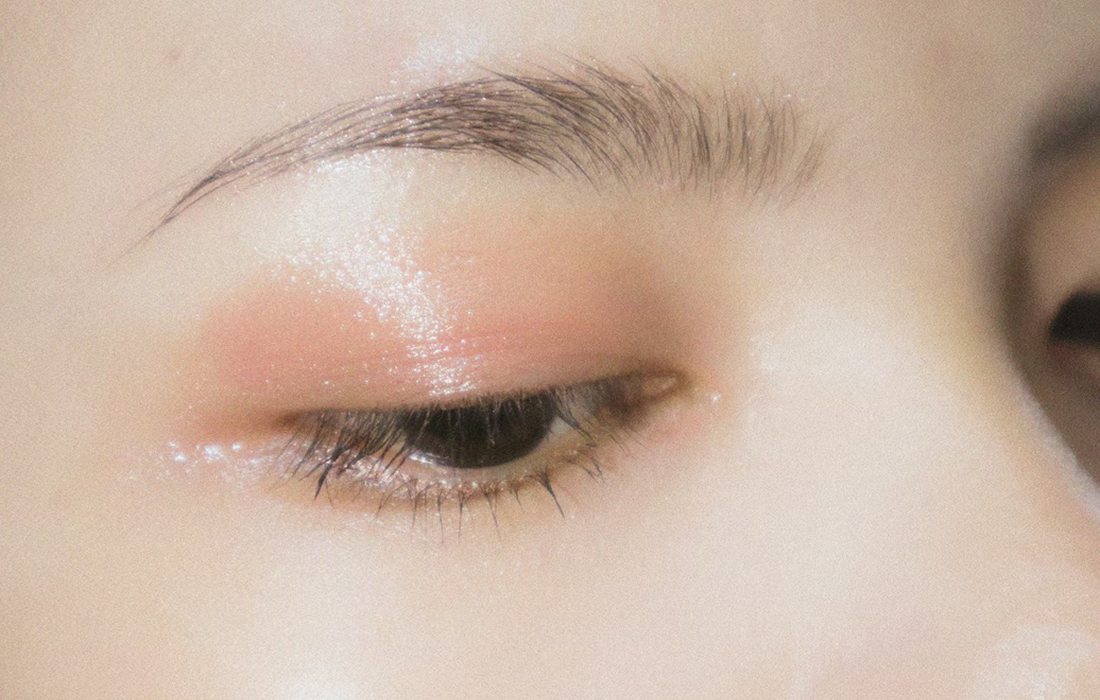Anti-Aging
Skin Cells Reprogrammed to Regain Youth
Researchers from the Braham Institute have developed a method to “time jump” human skin cells by 30 years, turning back the aging clock for cells without losing their specialized function.
The team was able to partly restore the function of older cells, as well as rejuvenating the molecular measures of biological age. The study was published in the journal eLife.
Regenerative medicine aims to repair or replace cells including old ones. One of the most important tools in regenerative biology is our ability to create induced stem cells, which consists of several steps, each erasing some of the marks that make cells specialized.
The new method included in the study was based on the Nobel Prize-winning technique to make stem cells, overcoming the problem of entirely erasing cell identity, which allowed the team to reprogram cells while still being able to regain their specialized function.
Researchers looked at multiple measures of cellular age, including the epigenetic clock, where chemical tags present throughout the genome indicate age. They also looked at the transcriptome, where all the gene readouts produced by the cells are present. Using both measures, they reprogrammed cells that were 30 years younger.
Big Step in Regenerative Medicine
This technique has the potential to make cells not only look younger but also function as young cells do. The rejuvenated fibroblasts were able to produce more collagen compared to those that didn’t undergo reprogramming.
The team used a wound created in a layer of cells in vitro and found that the reprogrammed fibroblasts were able to get to the injury site quicker than those that were not reprogrammed.
Dr. Diljeet Gill, a post-doc in Wolf Reik’s lab said in an interview: “Our results represent a big step forward in our understanding of cell reprogramming. We have proved that cells can be rejuvenated without losing their function and that rejuvenation looks to restore some function to old cells. The fact that we also saw a reverse of aging indicators in genes associated with diseases is particularly promising for the future of this work.”
Source:
Babraham Institute. “Old skins cells reprogrammed to regain youthful function: Findings could lead to targeted approach for treating aging..” ScienceDaily. ScienceDaily, 8 April 2022. <www.sciencedaily.com/releases/2022/04/220408083901.htm>.
Image from:

